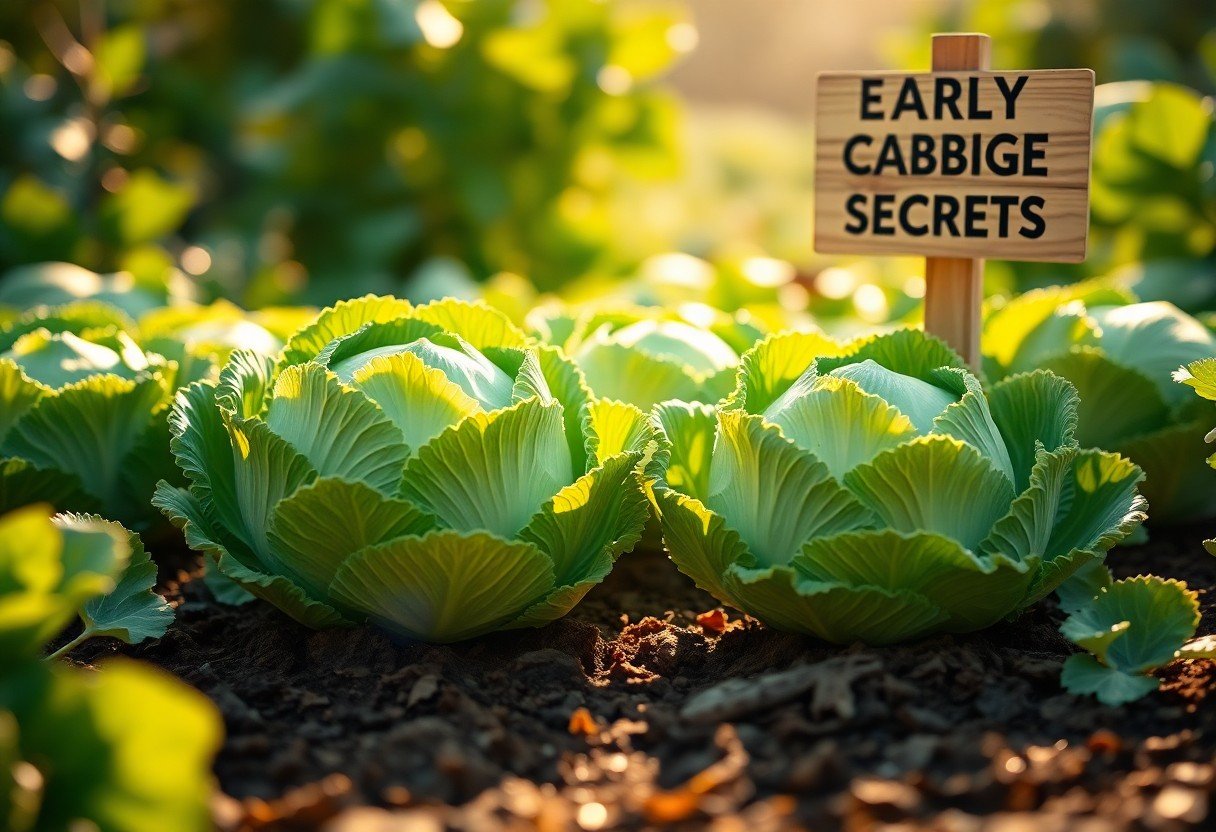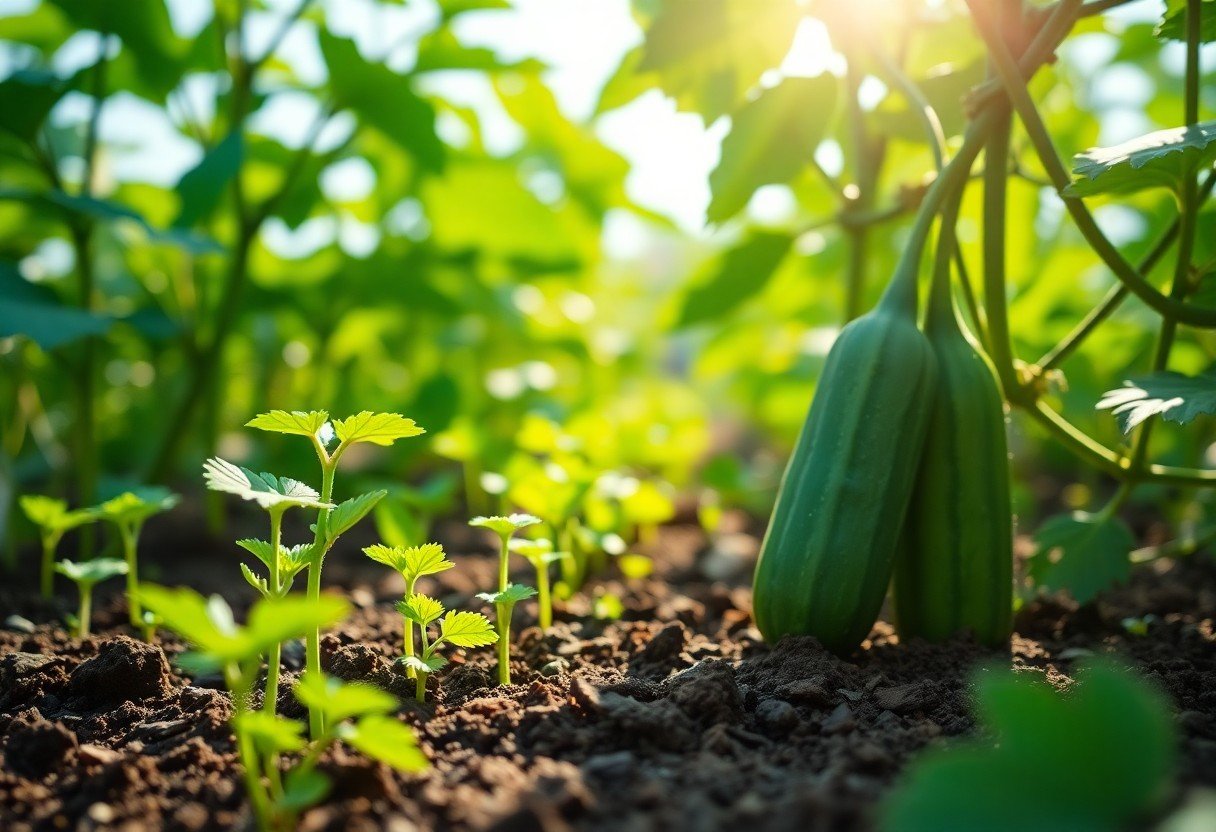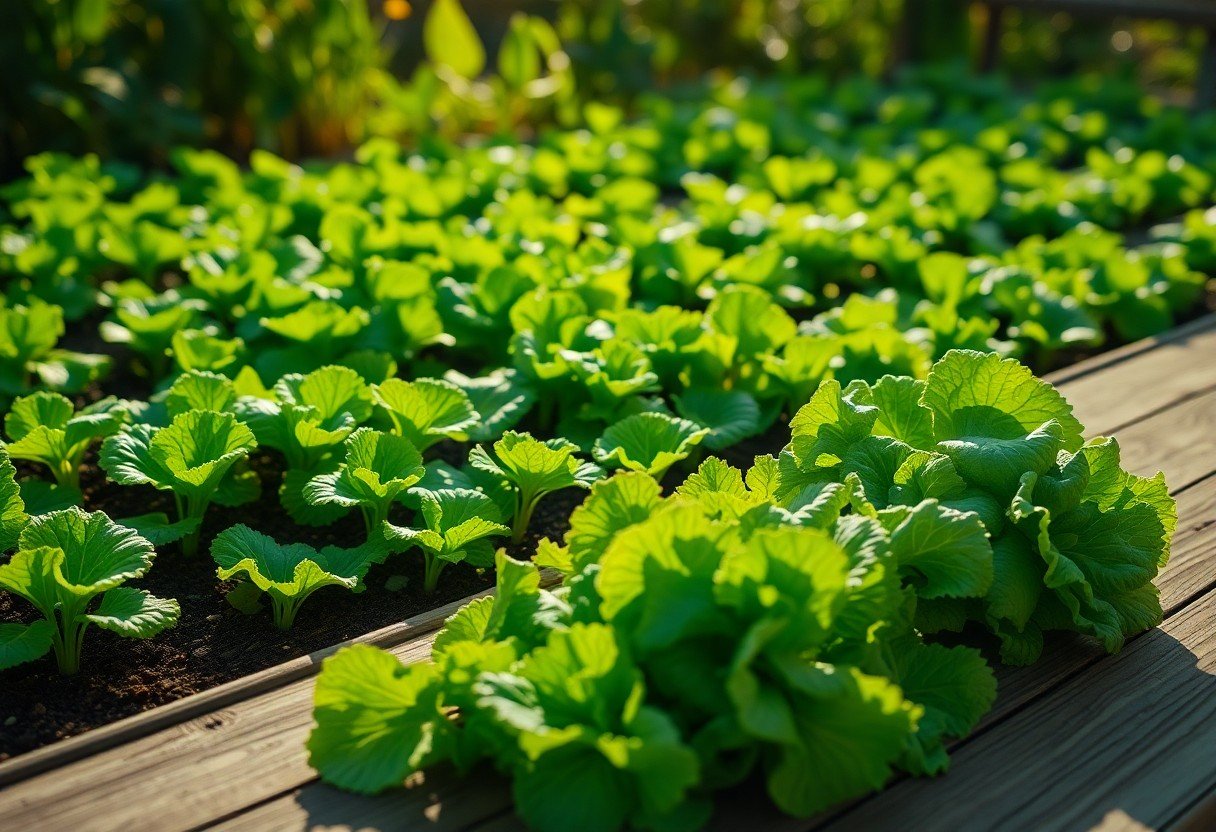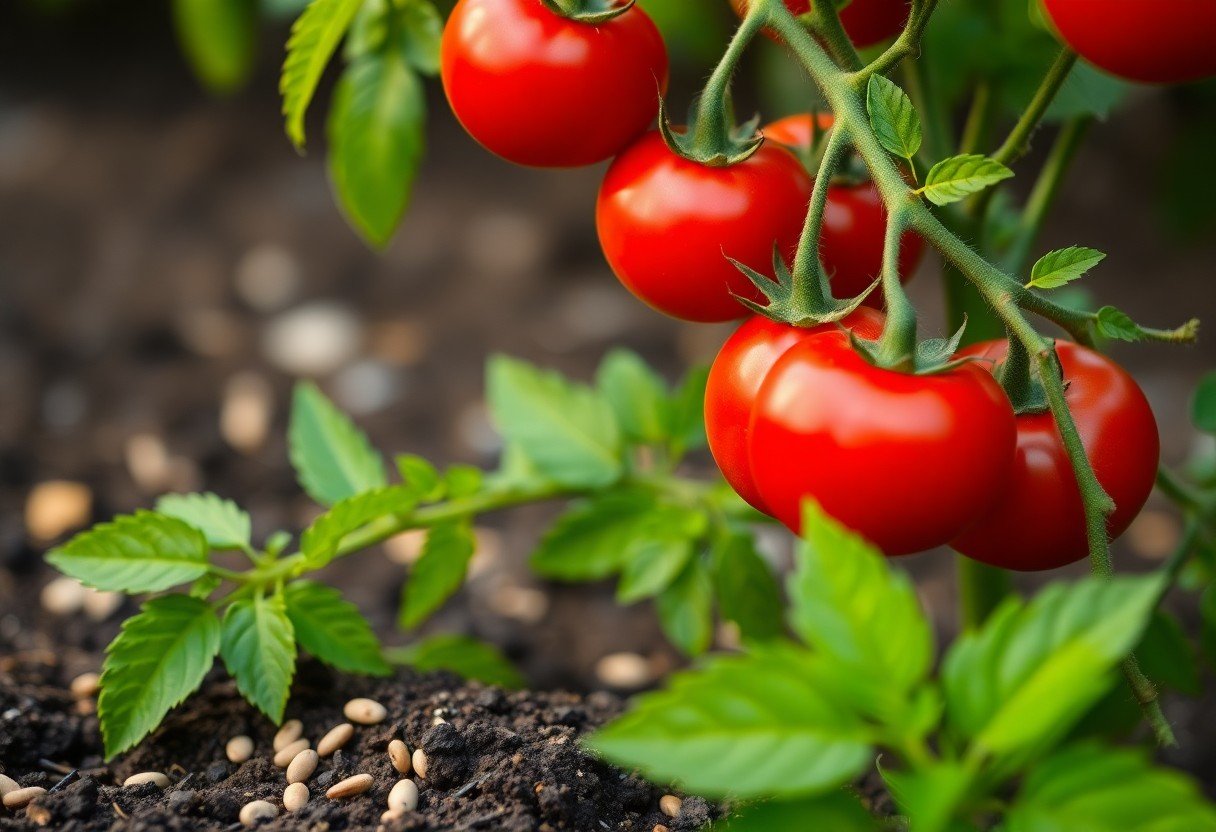Just as you nurture your other vegetables, cultivating cauliflower requires attention and care to achieve that perfect white crown. This guide will walk you through each necessary step, from soil preparation to pest management, ensuring that your cauliflower thrives in your garden. By following these expert tips, you’ll be equipped to grow vibrant, delicious heads that not only look beautiful but also taste amazing. Let’s get started on your journey to cauliflower success!
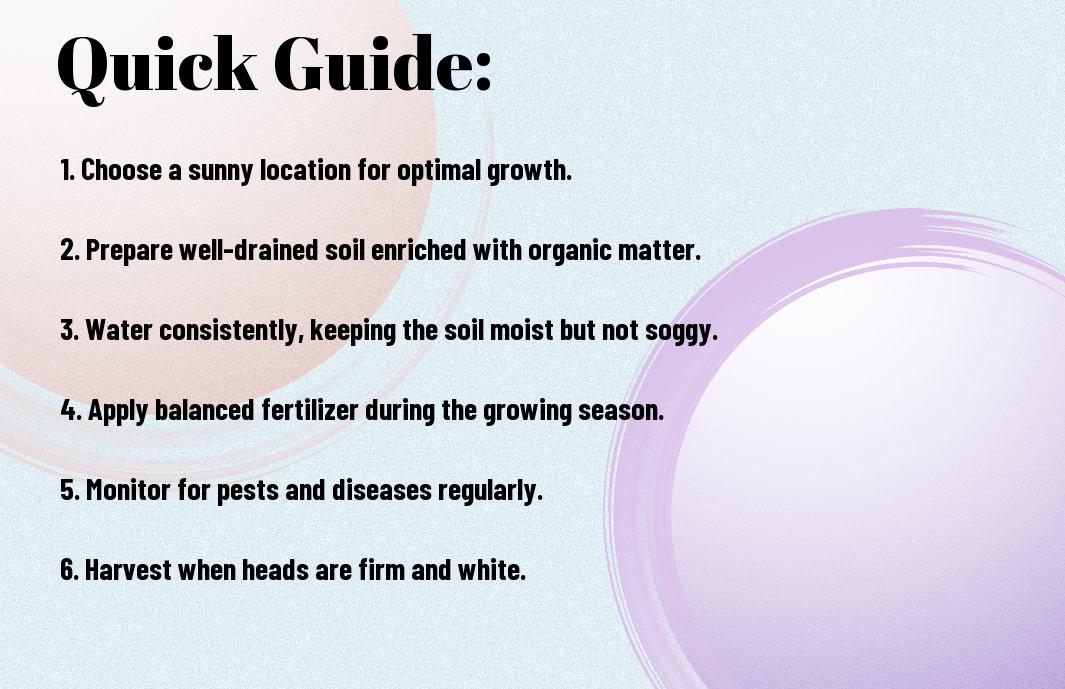
Types of Cauliflower
Before you look into cultivating cauliflower, it’s important to understand that there are various types of this versatile vegetable. Each type has unique characteristics and flavors, making them suitable for different culinary applications and growing conditions. Understanding the distinctions can enhance your gardening experience and yield delicious results.
- White Cauliflower: The classic and most common variety, known for its creamy white curds.
- Purple Cauliflower: A vibrant alternative that adds color to dishes; it has a slightly sweeter flavor.
- Green Cauliflower: Sometimes referred to as broccoflower, it has a similar taste to broccoli with a unique appearance.
- Orange Cauliflower: High in beta-carotene, it has a distinct orange hue and a slightly nutty flavor.
- Romanesco: A striking variety with a fractal pattern and a nutty, earthy flavor.
This overview illustrates the diversity you can expect when selecting cauliflower for your garden or meals. You can choose based on preferences, whether you want to add visual flair to your plates or stick with the tried-and-true white variety.
| Type of Cauliflower | Characteristics |
|---|---|
| White | Classic flavor, versatile in cooking. |
| Purple | Sweet flavor, vibrant color. |
| Green | Similar to broccoli, unique looks. |
| Orange | Rich in beta-carotene, nutty flavor. |
| Romanesco | Fractal pattern, earthy taste. |
Varieties of Cauliflower
Cauliflower boasts various exciting varieties that appeal to both gardeners and food enthusiasts alike. Each variety has its own merits, ranging from taste and texture to color and nutritional benefits. Your choice may heavily depend on your cooking style or the aesthetic you want for your garden.
Exploring these varieties can help you optimize your growing conditions and make informed decisions for your meals. For instance, if you’re short on space, you might prefer compact varieties, while those with larger garden beds might experiment with more unusual colors and flavors. Choosing the right variety means you’re not just growing cauliflower; you’re enhancing your overall culinary experience.
Choosing the Right Type for Your Garden
Cauliflower can be notoriously picky about growing conditions, so selecting the right type that fits your local climate and soil conditions is crucial. Whether you live in a warmer region, face cooler temperatures, or have specific soil types, certain varieties may perform better than others. By considering these factors, you will ensure a healthier, more productive crop.
The key to successful cauliflower growth is understanding your garden’s specific conditions. Factors such as soil nutrient levels, sunlight availability, and moisture will guide you in selecting the right type for planting. You can enhance your garden’s yield and enjoy seasonal harvests by aligning your choice with your environmental context.
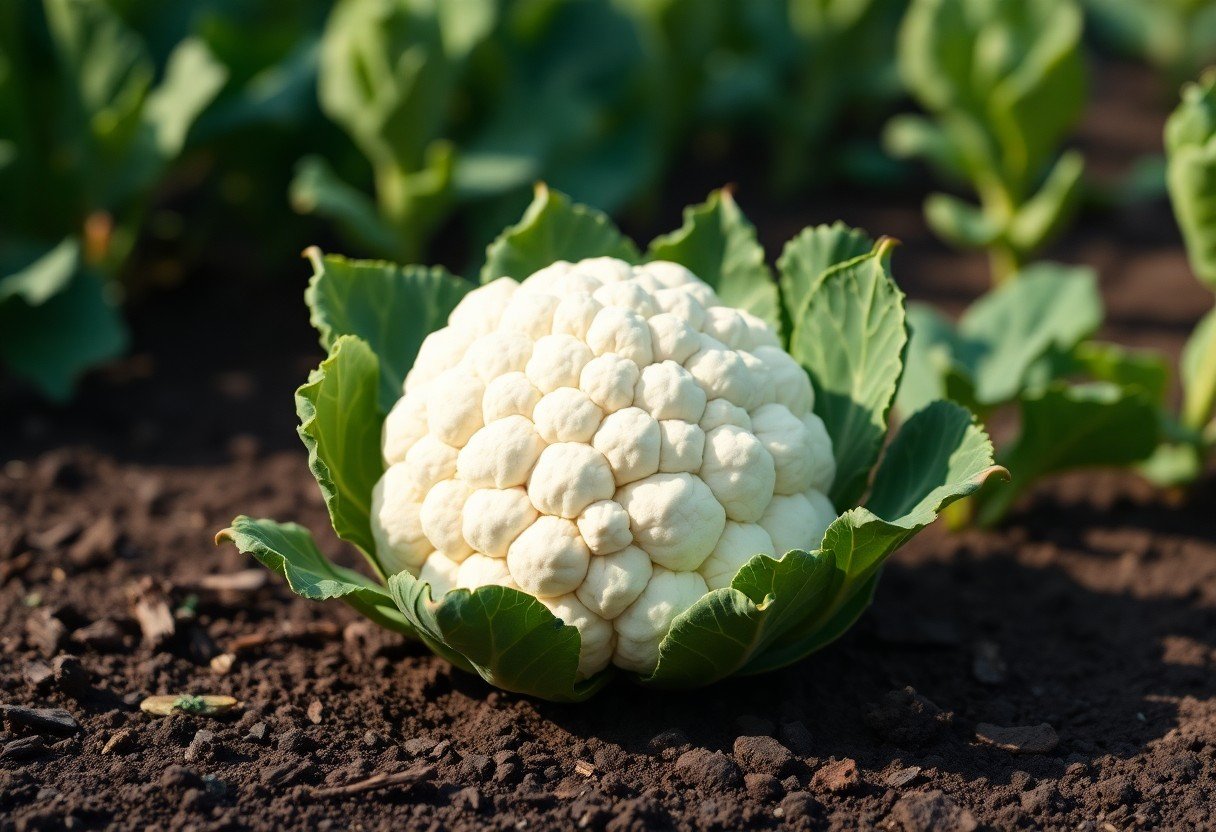
Step-by-Step Guide to Cauliflower Care
If you want to grow a successful cauliflower crop, following a structured approach will significantly improve your chances of a healthy yield. This guide will break down the crucial steps of cauliflower care, ensuring you are equipped with all the necessary knowledge to cultivate your perfect white crown.
| Task | Details |
|---|---|
| Soil Preparation | Ensure the soil is well-drained and rich in organic matter, with a pH of 6.0-7.0. |
| Planting Techniques | Space your seedlings properly and transplant them at the right time to promote healthy growth. |
| Watering and Fertilization | Regular watering and appropriate fertilization will support robust growth. |
Soil Preparation
Preparation begins with selecting a suitable location for your cauliflower. Choose a site that receives full sun and has well-drained soil. Amend your soil by incorporating compost or well-rotted manure to enhance fertility and texture. Test your soil’s pH and make adjustments using lime or sulfur if necessary, as cauliflowers prefer a slightly acidic to neutral pH. Avoid heavy clay soils that can waterlog, as cauliflower roots require oxygen to thrive.
It’s crucial to work the soil well to break up any compacted areas and to ensure that it is loose enough for the roots to penetrate easily. You may also want to add a balanced fertilizer that provides crucial nutrients, such as nitrogen, phosphorus, and potassium, which will help your plants establish a strong foundation for growth.
Planting Techniques
For successful cauliflower planting, timing is everything. When transplanting, wait until seedlings have a few true leaves and the threat of frost has passed. Be sure to space them about 18 to 24 inches apart in rows that are 24 to 36 inches apart. This spacing allows for ample air circulation and reduces the chance of disease, which can be an issue with closely planted crops. Place your seedlings in holes that are slightly deeper than their root balls, and fill the soil gently around them.
This technique encourages stronger root systems and quicker establishment. You may also consider starting seeds indoors if you live in a region with a shorter growing season, which allows you to gain a head start before transferring them outdoors when the weather warms. Just be cautious of transplant shock—hardening off your seedlings before transplanting can help mitigate this.
Watering and Fertilization
Guide your cauliflower’s growth with consistent watering and thoughtful fertilization. Cauliflowers require ample moisture, especially during their active growing phase, so aim for approximately 1 to 1.5 inches of water per week. Drip irrigation or soaker hoses are ideal for providing moisture directly at the root zone without wetting the foliage. This practice not only conserves water but also helps to prevent fungal diseases.
Additionally, fertilization should be done in stages to support optimal growth. Start with a balanced fertilizer at planting, and then follow up with a side-dressing of nitrogen-rich fertilizer as the plants begin to grow. This gradual approach encourages both leaf and head development, paving the way for a bountiful harvest.
Watering your cauliflower is crucial as it can directly influence the taste and texture of your crop. Keeping the soil evenly moist ensures healthy development, so check moisture levels regularly and adjust your watering schedule as needed, especially during hot, dry spells.

Essential Tips for Growing Cauliflower
Your journey to a successful cauliflower harvest begins with understanding the imperative elements of growth. Cauliflower is a unique vegetable that requires specific conditions and care to flourish. Here are some tips to set you on the right path:
- Ensure adequate sunlight – aim for at least 6 hours of direct sunlight each day.
- Provide rich, well-draining soil, supplemented with organic matter.
- Water consistently to maintain soil moisture, but avoid over-watering.
- Fertilize periodically, using a balanced fertilizer to nourish your plants.
- Consider spacing – give each plant enough room to grow without overcrowding.
The successful cultivation of cauliflower is a delightful accomplishment, and with proper attention to these guidelines, you can expect to reap the rewards of a bountiful crop.
Timing and Seasonality
Tips for successful cauliflower growth are largely centered around the timing of planting and understanding the seasonal climate of your area. Cauliflower thrives in cool weather, making it ideal for spring and fall planting. It is imperative to plant your seeds or seedlings at the right time, allowing them to mature before the heat of summer or the frost of winter sets in. In warmer climates, you may be able to plant in the late summer for a fall harvest, while cooler regions might focus on an early spring planting.
Depending on your specific location, monitor local frost dates and select cauliflower varieties suited to your growing season. Timing is imperative because the vegetable forms its head during cooler temperatures, ideally between 60°F to 70°F. If planted too late in the season, mature heads may suffer from heat-related stress, affecting their quality and yield.
Pest and Disease Management
Assuming you have prepared the soil and provided the right growing conditions, one of the next steps is to keep an eye on pests and diseases. Cauliflower can be susceptible to a variety of pests such as aphids, cabbage worms, and flea beetles, which can hinder its growth and render your harvest unsatisfactory. Regular monitoring of your plants is imperative, as early detection and management will save time and effort later on. Implementing protective measures like row covers can provide a barrier against these pests, while also allowing sunlight, air, and moisture to reach the plants.
Essential practices for managing pests and diseases include crop rotation and companion planting, which can enhance plant resilience and deter harmful insects naturally. Ensure you are also incorporating healthy practices such as proper watering and avoiding overcrowding, as these can prevent the conditions that lead to disease transmission. By staying proactive about pest and disease management, you’re more likely to enjoy beautiful, healthy cauliflower heads ready for your kitchen.
Factors Affecting Cauliflower Growth
Not all cauliflowers will flourish under the same conditions. Various factors can influence the success of your crop and the quality of your harvest. It’s necessary to consider these elements when planning your planting strategy:
- Climate and weather conditions
- Soil quality and nutrient levels
- Water availability
- Pest and disease management
- Sunlight exposure
Any one of these factors can significantly impact the overall health and yield of your cauliflower plants, so take the time to ensure each is optimized for your growing environment.
Climate and Weather Considerations
On the journey to growing beautiful cauliflower, understanding your local climate is necessary. Cauliflower thrives best in cooler weather, typically between 60°F to 70°F (15°C to 21°C). When planning your planting schedule, try to align it with periods that offer these ideal temperatures. Since cauliflowers can be sensitive to temperature fluctuations, a late spring frost or extremely high summer temperatures can hinder their growth or cause them to bolt.
When deciding on your seeds, be aware of the various cultivars that may perform better in specific climates. Some types are bred for heat tolerance, while others may be more suited for cooler areas. By choosing the right variety for your climatic conditions, you set your crop up for success from the outset.
Soil Quality and Nutrient Levels
An necessary aspect of growing cauliflower lies in the quality of your soil. Cauliflower prefers well-draining, fertile soil with a pH of 6.0 to 7.0. Conducting a soil test will help you understand the nutrient levels in your garden, enabling you to make informed adjustments. Incorporating organic matter such as compost can aid in improving soil structure and fertility, which benefits your cauliflower plants immensely.
Quality soil not only facilitates better water retention and drainage but also provides necessary nutrients that support healthy plant growth. Nutrients like nitrogen, phosphorus, and potassium are necessary for robust cauliflower development, so ensure your soil is abundant in these elements. If you notice nutrient deficiencies during your growing season, consider using organic fertilizers or amendments to replenish them and promote a healthier yield for your crop.
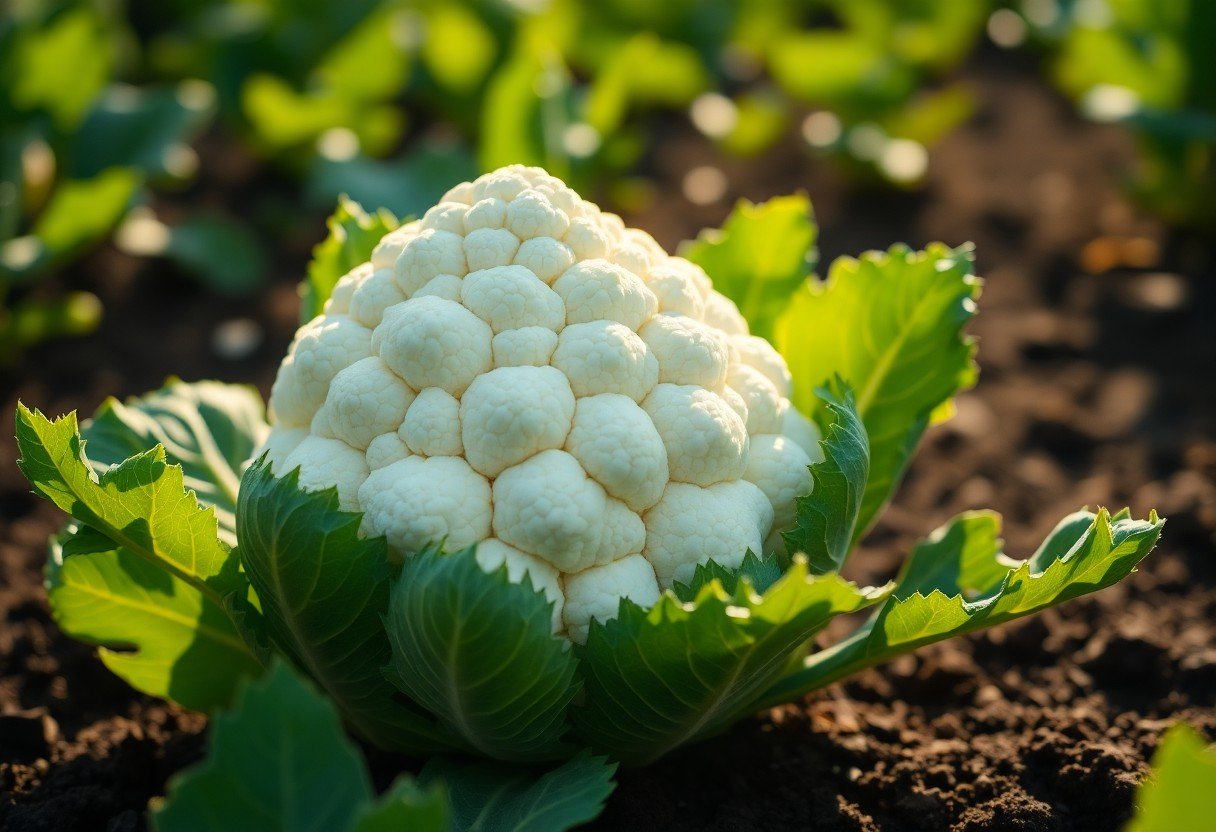
Pros and Cons of Growing Cauliflower
All aspiring gardeners should weigh the advantages and disadvantages of growing cauliflower in your garden. This unique vegetable can be rewarding, but it also presents certain challenges. To help you make an informed decision, we’ve outlined some key pros and cons in the table below:
| Pros | Cons |
|---|---|
| Nutritional powerhouse packed with vitamins | Requires specific growing conditions |
| Can be grown in a variety of climates | Susceptible to pests and diseases |
| Versatile in cooking and meal preparation | Long growing season compared to other vegetables |
| Can be harvested multiple times per season | Demanding for consistent water and nutrients |
| Homegrown varieties can be superior in taste | Requires monitoring for optimal growth |
Advantages of Homegrown Cauliflower
Clearly, one of the most significant advantages of homegrown cauliflower is the control you have over the growing conditions. By cultivating your plants, you can ensure they are nourished with organic fertilizers and free from harmful pesticides. The result is a cleaner and healthier vegetable that can enhance your meals. Additionally, growing your own cauliflower means you can choose specific varieties tailored to your taste, whether you prefer traditional white, vibrant purple, or even green types.
Another benefit of growing cauliflower at home is the sheer satisfaction that comes from nurturing your crops from seed to harvest. You’ll gain valuable gardening experience and knowledge while enjoying the fresh taste of your homegrown produce. Plus, having your own supply of cauliflower allows you to experiment with recipes and meal ideas, enriching your culinary repertoire.
Challenges Faced by Cauliflower Growers
Clearly, while many benefits exist, raising cauliflower comes with its share of challenges. One notable issue is the plant’s sensitivity to temperature, as extreme heat or cold can hinder growth and lead to poor development. You may find that consistent attention is required to maintain the right conditions that cater to its needs. Additionally, pests, such as cabbage worms and aphids, can pose a significant threat and require diligent monitoring and intervention.
Pros understand that managing these challenges is part of the gardening journey. By being proactive and learning to identify potential threats early, you can mitigate problems before they escalate. Investing time in planning and preparation, such as selecting the right planting location and understanding soil requirements, can greatly improve your chances of successfully growing cauliflower.
Common Mistakes to Avoid
Keep your cauliflower thriving by steering clear of a few common pitfalls that many gardeners encounter. These mistakes can hinder the growth and quality of your crop, so understanding and avoiding them will lead you to a successful harvest. One of the most prevalent issues stems from incorrect watering practices, which can directly affect your plant’s health and yield.
Overwatering and Underwatering
To maintain the health of your cauliflower, it’s necessary to find a balance with your watering habits. Overwatering can lead to root rot and other fungal diseases, while underwatering causes stress to the plant, which can stunt its growth and affect the formation of the crown. A consistent watering schedule that keeps the soil moist but not soggy is ideal. It’s beneficial to monitor the weather conditions regularly, as heatwaves or heavy rains can alter your watering needs.
Pest Management Errors
While it may seem challenging to prevent pests from invading your cauliflower, doing so is vital for maintaining the integrity of your plants. Neglecting to check for pests regularly can result in significant damage, as insects like aphids and cabbage worms can quickly compromise your crop. Implementing an integrated pest management approach, which includes monitoring, organic treatments, and even beneficial insects, can help you avoid these issues effectively.
Overwatering can create a damp environment that attracts pests, turning your garden into a breeding ground for unwanted insects. Be mindful of your watering practices and ensure you provide adequate drainage around your crops. Regularly inspect your plants for signs of pest activity and employ preventative measures, such as companion planting and physical barriers, to protect your cauliflower from infestations.
Final Words
With these considerations in mind, you are well on your way to cultivating a stunning cauliflower crop. Pay attention to the environmental conditions, soil quality, and watering habits that suit this particular vegetable best. By following the outlined steps in this guide, you will find that giving your cauliflower the optimal care it deserves will reward you with a perfect white crown that is not only visually appealing but also full of flavor and nutrients.
Your journey through cauliflower care does not end with your plants maturing. Keep observing their progress and be prepared for any adjustments needed as they grow. With patience and diligence, the fruits of your labor will be evident on your plate. You now have the toolkit necessary for growing cauliflower successfully, so go ahead and enjoy the process of nurturing this wonderful vegetable from seed to harvest!









